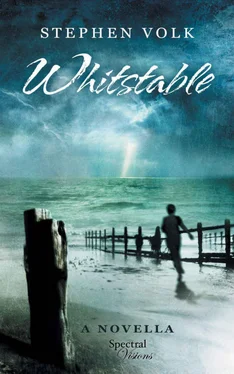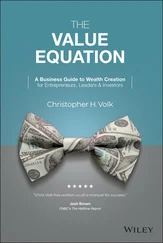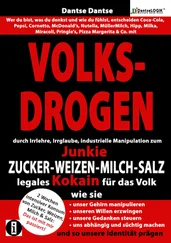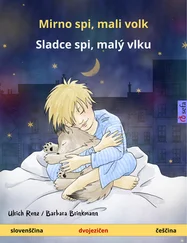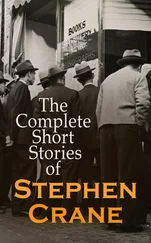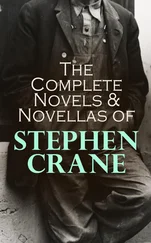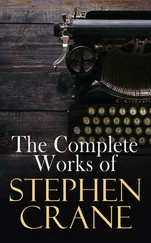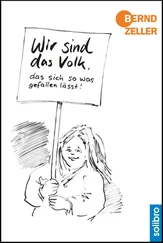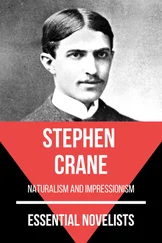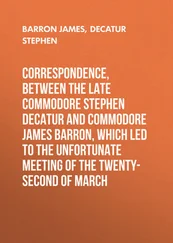The boy reached over and flicked through until he found a double-page spread of black-and-white stills. He flattened it open and jabbed with his finger.
“Look. It’s you.”
Indeed it was.
Christopher Lee as the predatory Count, descending upon Melissa Stribling’s Mina. Baring his fangs in a mouth covered with blood. Van Helsing—himself— alongside it, dressed in a Homburg hat and fur-collared coat.
“I can’t read very well,” the boy said. “But I like the pictures. The pictures are great. Who’s Peter Cushing?”
Cushing looked at the younger man in the image before him.
“He’s a person I pretend to be sometimes.” He thumbed through the pages, touched immeasurably by the gift. “Is this for me?”
“What? No. I want it back. But I want you to sign it, because you’re famous.”
“Ah. Silly me.”
Cushing thought of the close ups they’d filmed of him so many years before, reacting to the disintegration of the vampire whilst nothing was there in front of him. He thought of Phil Leakey and Syd Pearson, make-up and special effects, labouring away on the last day of shooting to achieve the purifying effect of the dawning sun. He thought of the sun, and of the perpetual darkness he had lived in since Helen had died.
He lay the Famous Monsters magazine on the sea wall between them, took out his fountain pen from his inside pocket, shook it, and wrote Van Helsing in large sweeping letters across the page, blowing on the blue ink till it was dry.
“Brilliant.” The boy held it by his fingertips like a precious parchment and blew on it himself for good measure. “Now I’ll be able to show people I met you. When I’m an old man with children of my own.” He stood up and held out his hand.
Cushing shook it with a formality the boy clearly desired.
“Enjoy stories, Carl. Enjoy books and films. Enjoy your work. Enjoy life. Find someone to love. Cherish her…”
The boy nodded, but looked again at the signed picture in Famous Monsters as if he hadn’t quite believed it the first time. The evidence confirmed, he pressed it to his chest, zipped it up securely inside his anorak, pulled up the hood and unchained his bike.
“Carl?” Cushing said. “Sometimes you can hide the hurt and pain, but there’ll be a day you can talk about it with someone and be free. Perhaps a day when you’ll forget what it was you were frightened of, and then you’ll have conquered it, forever.”
The young face looked back, half-in, half-out of the anorak hood, and nodded. Then he took the antler-sized handlebars and walked his Chopper back in the direction of the road and shops, another imperative on his mind, another game, idea, story, journey, in that way of boys, and of life.
As he tapped another talismanic cigarette against the packet, thinking of his own journey and footsteps filling with water as the tide came in, Cushing heard the tick-tick-tick stop, as if the boy had stopped, and he had. And he heard the cawing of seagulls, his nasty neighbours--The Ubiquitous, he called them—and heard a voice, the boy’s voice, for the last time, behind him.
“Will you keep fighting monsters?”
His eyes fixed far off, where the sea met the sky, Peter Cushing had no difficulty saying:
“Always.”
* * *
He sat in the forest dressed in black buckled shoes, cross-legged, a wide-brimmed black hat resting in his lap and the white, starched collar of a Puritan a stark contrast to the abiding blackness of his cape. Over in the clearing the bonfire was being constructed for the burning of the witch. The stake was being erected by Cockney men with sizeable beer bellies wearing jeans and T-shirts. The focus puller ran his tape measure from the camera lens. Art directors scattered handfuls of ash from buckets to give the surroundings a monochrome, ‘blasted heath’ quality. And so they were all at work, all doing their jobs, a well-oiled machine, while he waited, contemplating the density of the trees and smelling the pine needles. It was March now, and soon shoots of new growth would show in the layer of mulch and dead leaves and the cycle of life would continue.
Work was the only thing left now that made life pass in a faintly bearable fashion. As good old Sherlock Holmes said to Watson in The Sign of Four : “Work is the best antidote to sorrow”, and the only antidote he himself saw to the devastation of losing Helen was to launch himself back into a gruelling schedule of films. It was the one thing he knew he could do, after all. As she kept reminding him. It’s your gift, my darling. Use it. And the distraction of immersing oneself in other characters was an imperative, he now saw. A welcome refuge from reality.
The third assistant director brought a cup of tea, an apple and a plate of cheese from the catering truck to the chair with Peter Cushing’s name on the back.
“Bless you.”
Occasionally, very occasionally, that’s what he did feel.
Blessed.
It was a blessing, mainly, to be back working with so many familiar faces. Yes, there were new ones, young and fresh, and of course that was good and healthy too. The young ones, who hadn’t met him in person before, possibly didn’t notice or remark that he had become sombre, withdrawn, fragile behind his unerring politeness and professionalism—it was the older ones who saw that, all too well. In the make-up mirror he had never looked so terribly gaunt and perhaps they imagined, charitably, it was part of his characterization as the cold, zealous Puritan, Gustav Weil. But it was nothing to do with the dark tone of the film, everything to do with the dark pall cast over his life.
Those who knew him, really knew him, acknowledged that a part of him had died two months ago.
Yet the un-dead lived on.
Here he was at Pinewood and Black Park in the company of vampire twins and a young, dynamic Count Karnstein so seethingly bestial-looking in the shape of Damien Thomas he might well snatch the reins from Christopher Lee and become the Dracula for a new generation. The third in the trilogy, this excursion was being trumpeted loudly by the company as Peter Cushing’s return to the Hammer fold. Once more written by Tudor Gates, heavily influenced by Vincent Price’s Witchfinder General , it was the tale of a vampire-hunting posse with Peter Cushing at its head. And with top billing.
He remembered clearly the lunch a month earlier with his agent, John Redway, and the leather-jacketed young director John Hough at L’Aperitif restaurant in Brown’s Hotel, Mayfair.
“You’re returning to combat evil, Peter,” the director had said. But he wanted a darker tone. He didn’t want it to be a fairy tale like other Hammers. He wanted to reinvent the horror genre.
Cushing had said nothing as he listened, but thought the genre didn’t need reinventing. The genre was doing very well as it was, thank you very much. He did think the idea was original, however, and the director had convinced him over three courses and wine of his intention to make it as a bleak morality play, manipulating the audience’s expectation of good and evil by having them side with the vampires against the pious austerity of Gustav Weil, the twisted, God-fearing witch-hunter, uncle to the vampire twins, Frieda and Maria, played by the pretty Collinson sisters—Maltese girls whose claim to fame was being the first identical twin centrefold for Playboy , in the title role. Twins of Evil —or was it called Twins of Dracula now, the American distributor’s illogical and factually incorrect alternative?
“You see, Peter, real evil is not so easy to spot in real life,” the director had said. “In real life, evil people look like you and me. We pass them in the street.”
Читать дальше
